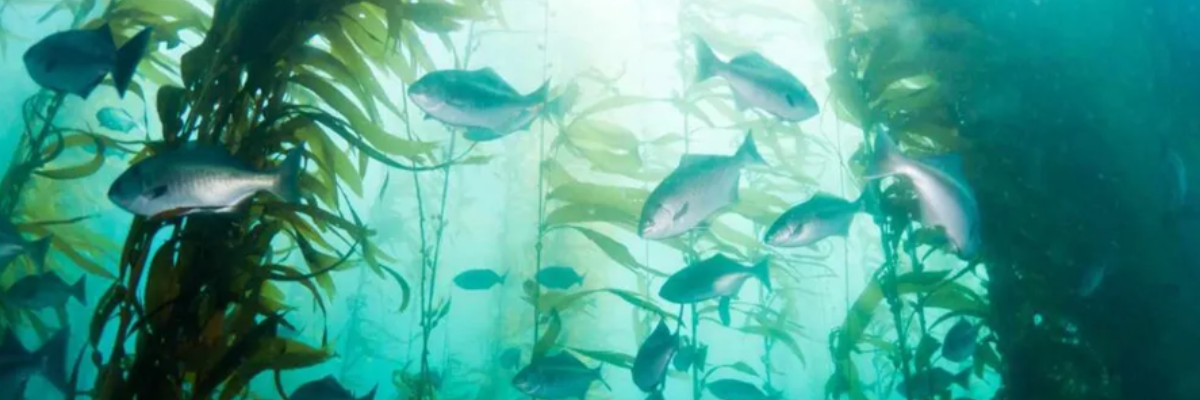How can recreational boating contribute to healthier oceans?
As I write this blog the Barcelona Boat Show is about to open its doors to the boating public, another great outdoor event which has emerged from the dark days of the last 18 months, and will no doubt attract plenty of potential first-time boaters to think about investing in a floating pastime; one that gets them away from the stresses and strains of daily life ashore, and closer to nature.
Of course, that is all good news for our industry, as statistics have shown that the boat owning population has been ageing, whilst younger people have not been so ready to commit to owning a boat, sometimes being more attracted to foreign travel, and to a new variety of leisure activities.
It would be one of the very few positive outcomes from the Covid pandemic if this trend was permanently reversed, and we saw more of the younger generation becoming boat owners, and most importantly being educated into becoming responsible stewards of the ocean environment.
Clean hulls – essential for sustainable boating and marine biodiversity
One of the featured events during a special day of maritime sustainability topics at the Barcelona show is a continuation of the series of Marine Biofouling Workshops which has been organised by ICOMIA and funded by its members as an interactive advisory service for the recreational boating community.
A panel of experts moderated by Jose Luis Fayos, Technical Manager of ANEN (Spanish Association of Nautical Companies), will explain how and why biofouling is so damaging for the marine environment, and how it is costly for the owners and operators of leisure craft.
Also, the constantly developing and varied range of solutions that can be employed to combat this threat, and how they can be effectively and safely applied will be comprehensively addressed by the panel. Already it has become clear from previous discussions at METSTRADE that there is no ‘one-size-fits-all’ solution, and a range of options can be employed including antifouling coatings, ultrasonics, fouling release wraps, and controlled periodic in-water cleaning.
During previous Workshops at the Southampton and Genoa boat shows it was emphasised that the threat to the biodiversity in our oceans from man’s activities is recognised and reflected in regulatory policy such as the EU Green Deal, UK Environmental Policy, the International Maritime Organization (IMO), and the UN Environment Program. Also, the EU are reviewing their Regulations to protect sensitive aquatic ecosystems and the UK is likely to follow.
Addressing this issue through more effective prevention of biofouling on boat hulls and immersed areas is recognised as a key area, and the International Maritime Organization (IMO) are in the midst of drafting new guidance for ship owners and boaters in order to manage the threat, as part of the ongoing IMO GloFouling project.
The Mediterranean Sea, and its special considerations.
The Biofouling Workshop being held at Barcelona is particularly appropriate due to its location on the Spanish coast right alongside the Med. And, after the panel at Genoa concluded that the Mediterranean is the most highly affected in Europe by invasive aquatic species (IAS.) And no doubt that the control of biofouling in recreational boating has a large part to play in helping to alleviate this scenario.
This is hardly surprising considering the facts: Bordered by 22 countries, the largest of the semi-enclosed European seas, with a shared coastline stretching to 46,000 km, 250 million people residing in coastal hydrological basins, one of the busiest commercial shipping routes, and one of the most popular nautical tourist destinations in the world.
A report generated earlier this year by the Institute of Aquatic Ecology at the University of Girona, has studied in some detail the environmental impacts of increasing leisure boating activity in Mediterranean coastal waters.
Of course, the sum total of environmental impacts resulting from leisure boating go well beyond the Biofouling challenge and are far too numerous and comprehensively reported in the document to cover here. However, one section of the study does refer to specifically to invasive aquatic species confirming that it is spread by leisure craft transiting between ports and anchorages.
As we have pointed out before, recreational craft can transport alien species on their anchors, or as hull fouling, and in smaller trailerable boats from water that collects in the bilge, or in clothing and equipment onboard. Therefore, the Royal Yachting Association (RYA) in UK recommends a “Check, Clean, Dry” process when small boats are hauled out, in order to prevent translocation of species to another region.
In this particular Spanish report, it mentions that the spread of AIS was clearly identified on 600 recreational boat hulls in 25 marinas across the Med from France to Cyprus. Also, that 71% of leisure vessels carried at least one non-indigenous species whose richness was strongly correlated with that of highly exotic species in home marinas. And over half of the vessels carried species not yet present in the marinas they were visiting.
As an example of how damaging this phenomenon can be to the ocean environment, the report mentions that leisure boat anchors are a vector of expansion of Caulerpa taxifolia. An invasive algae found in the Mediterranean which is very resistant to desiccation, and also responsible for the regression of Posidonia meadows.
The Posidonia seagrass is essential for the health of the oceans because its lower structure (called ‘matte) is responsible for the storage of about 50% of carbon buried in marine sediments around the world. It is also an important habitat and nutritional source for many species of fish, crustaceans and molluscs, with 20% of total Mediterranean species living within its meadows.
Other threats to ocean health which boaters can directly minimise
Amongst the substantial list of negative influences on the ocean environment from recreational boating which were highlighted in the Mediterranean study, a few stood out as being easily addressed with more consideration from boaters and water sports enthusiasts.
- Dropping litter from boats: Although this is probably a small percentage compared to the total amount of plastic pollution reaching the oceans, it should still be avoided at all costs. Although there is no precise data on the amounts involved, it is suggested that food packaging is the main constituent, a source of contamination which is becoming a major concern for marine wildlife.
- Animal feeding from leisure boaters: Feeding animals may change their alimentation habits and provisioning patterns and make them potentially aggressive towards humans. Marine mammals that accept fish, shrimp, or squid from humans run the potential risk of ingesting contaminated or inappropriate food.
- Fuel and oil leaks, including bilge waters: An obvious one I guess, but still needs to be carefully monitored and controlled. The report mentions that fuel contains heavy metals and polycyclic aromatic hydrocarbons, which are highly harmful to organisms, bioaccumulating and biomagnifying throughout the trophic chain to finally reach humans through the consumption of seafood!
- Grey waste waters: Generally what is left over from accommodation facilities (e.g. shower, bath, laundry, kitchen, dishwasher, etc.) Grey water is technically more difficult to treat than black water given that it typically contains a wide range of chemicals and fats such as oil and grease, detergent and soap residue, metals (e.g., copper, lead, mercury), bacteria, pathogens, hair, food particles, organic matter, oxygen-depleting substances, suspended solids, bleach, pesticides, and phosphates.
As with black waters, the discharge of grey water into confined waters can be an issue with the associated water clouding and foam clearly visible, but it can also be a threat in areas where a high number of yachts are moored. And grey water discharges can impair phytoplankton, which are the basis of the food chain for higher trophic level species.
These days a good range of efficient grey water filters for boats are available on the market (some will be on show at METSTRADE.) For those that can’t afford to install one, or who don’t use their boat enough to justify it, then the very least we can do is to be very careful about the detergents and shower gels etc that we use onboard, and select those that are certified biodegradable, and do not contain microplastics or harmful chemicals.
Note: The ICOMIA Biofouling Advisory Series will continue at METSTRADE which will be the next Workshop after Barcelona - full details as follows:
Title of session: Clean hulls - essential for sustainable boating and marine diversity.
Time: 16.00 hrs Tuesday 16th November.
Place: TV Studio at the RAI.
Hosted by TV presenter: Pernille La Lau
Panel details:
Technical Co-Host - Dr Julian Hunter, Head of Sustainability, ICOMIA.
Speakers:
John Alonso - IMO GloFouling, Project Technical Analyst.
Darren Jones - Director, NRG Marine (Ultrasonics), & Chairman of GloFouling Global Industrial Alliance. (GIA)
Hans Slegtenhorst - AkzoNobel (various coating brands), Senior Product Manager, Global Yacht.
Share your stories on leisure marine industry with us
Do you have an innovation, research results or an other interesting topic you would like to share with the leisure marine equipment industry? The METSTRADE website and social media channels are a great platform to showcase your stories! Let us know via metstrade@rai.nl
Are you a METSTRADE exhibitor?
Make sure you add your latest press releases to your Company Profile in the Exhibitor Portal for free exposure.
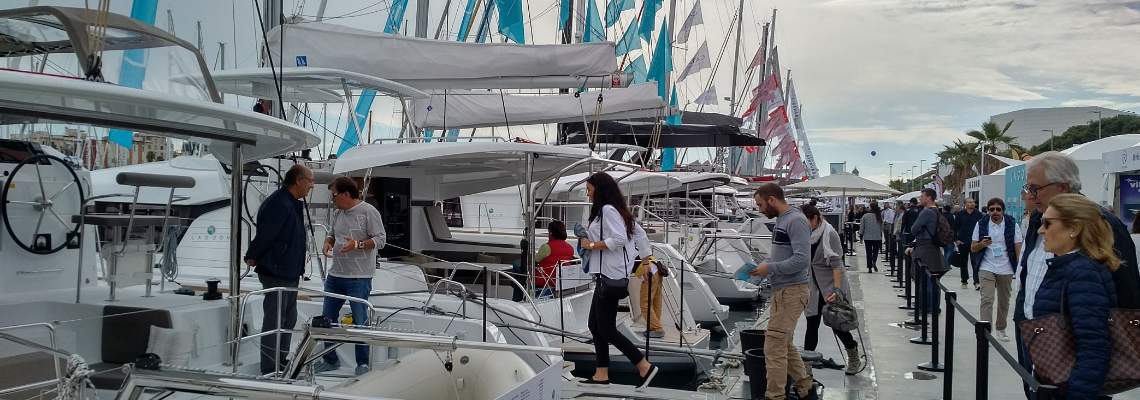
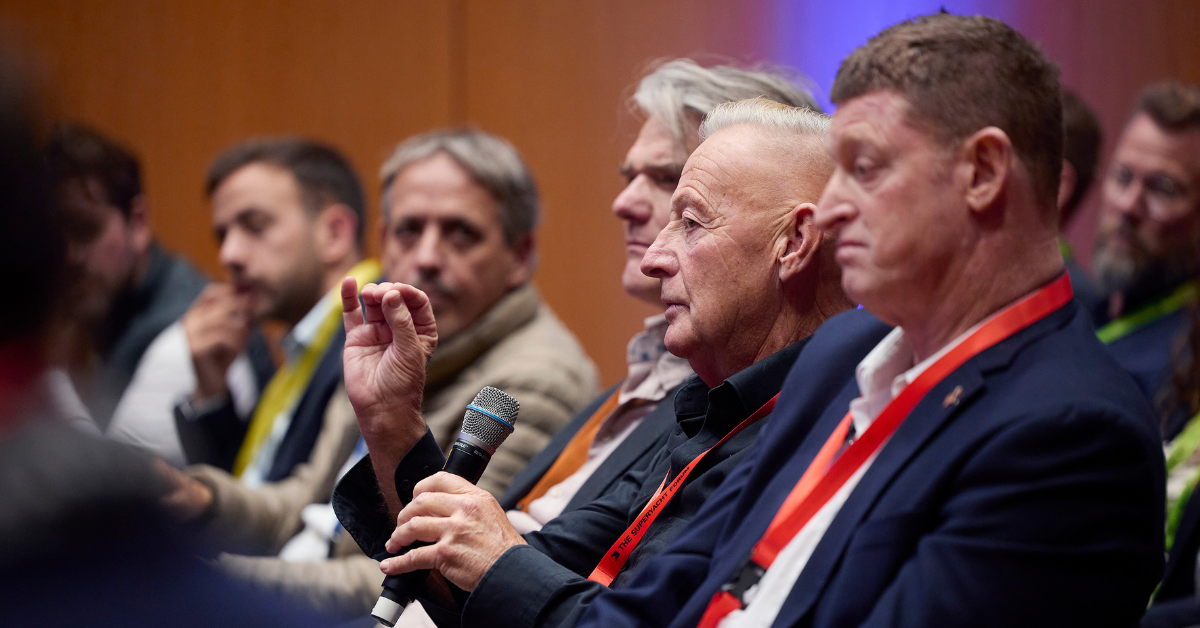
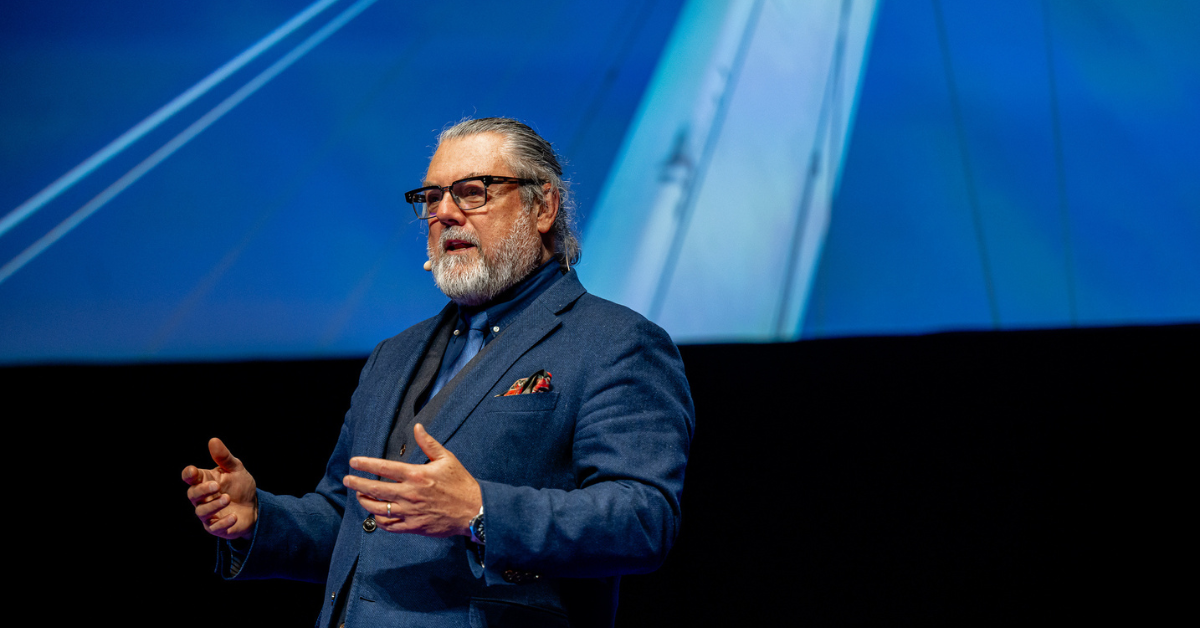
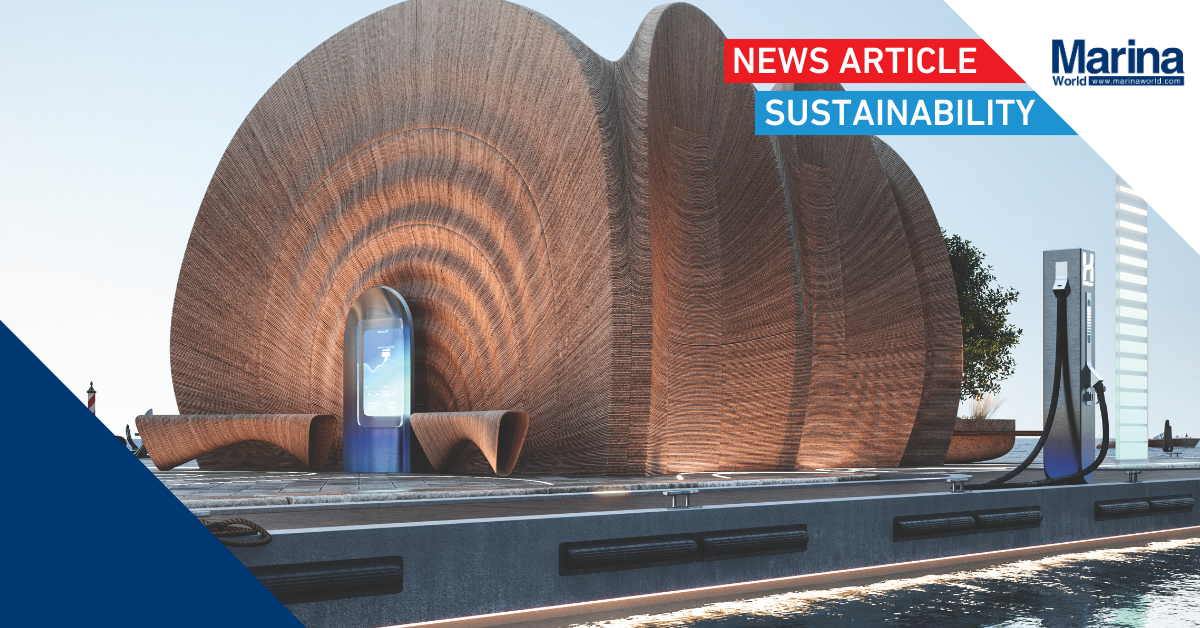
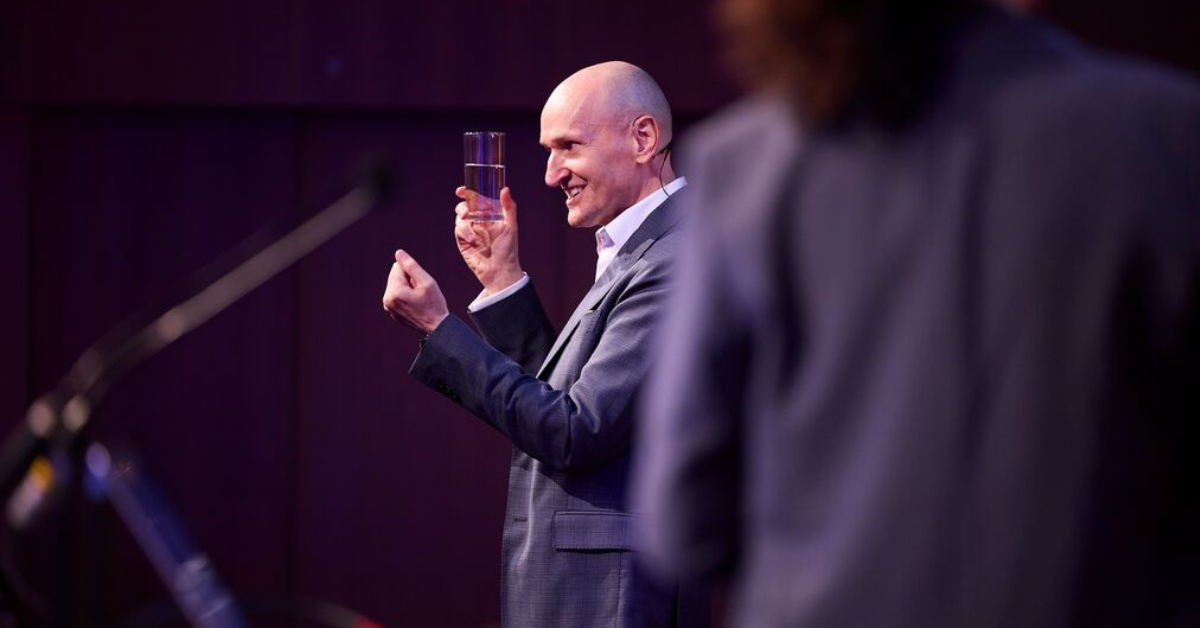
.jpg?h=400&iar=0&w=1200)
